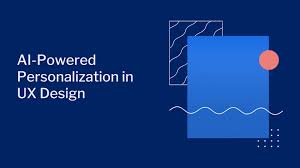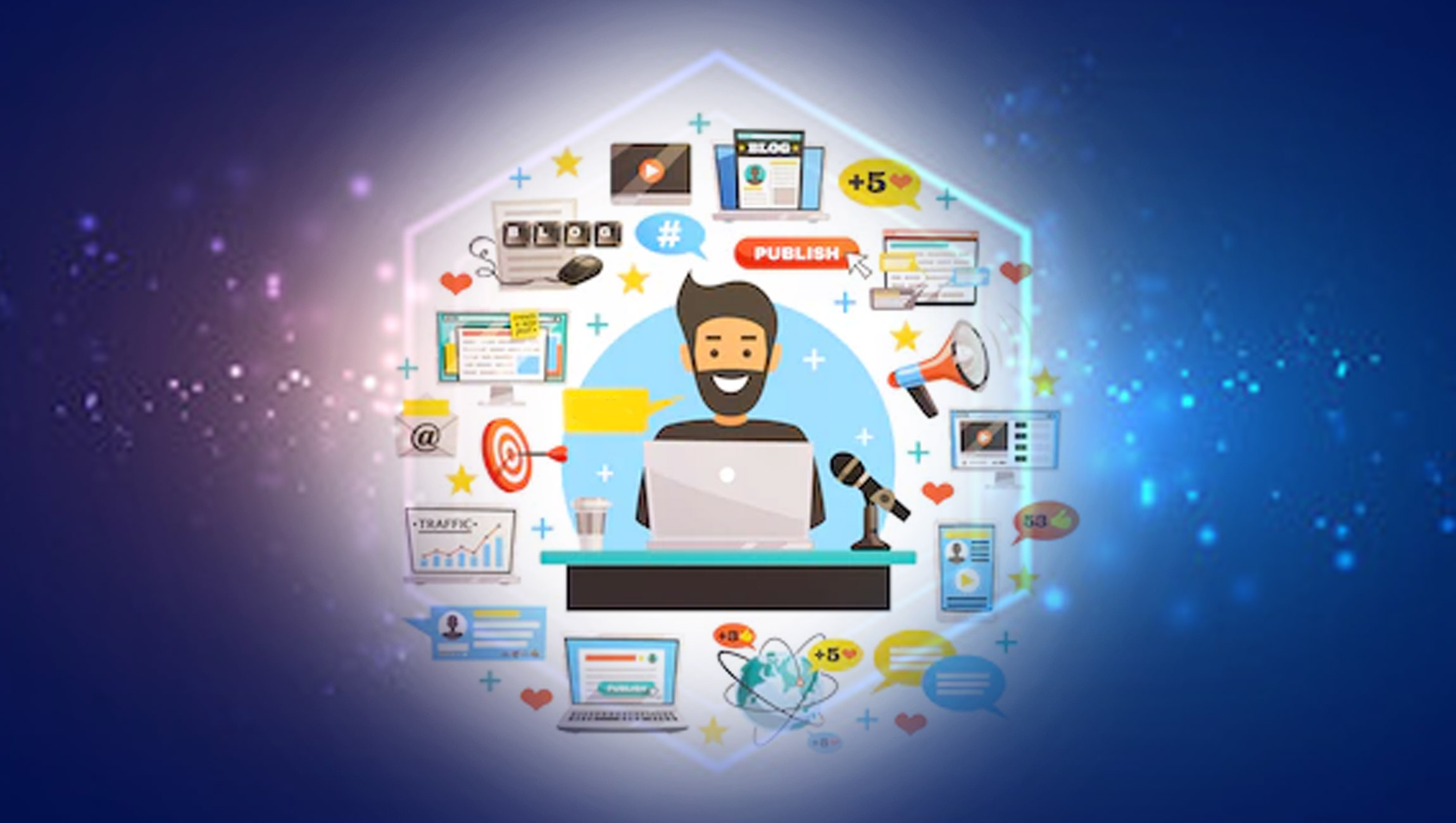
Introduction
Personalized user experiences (UX) powered by AI are revolutionizing digital interactions. By leveraging artificial intelligence, businesses can tailor experiences to individual users, leading to higher engagement, satisfaction, and conversion rates.
How AI Personalization Enhances UX
1. Data-Driven Personalization
- AI collects and analyzes user behavior, preferences, and interactions.
- Machine learning models predict user needs and recommend content accordingly.
2. Adaptive UI and Dynamic Content
- AI adjusts website and app interfaces based on real-time user actions.
- Dynamic content ensures personalized interactions for each visitor.
3. AI-Driven Chatbots and Assistants
- Virtual assistants provide instant, context-aware support.
- AI-powered chatbots enhance customer service with tailored responses.
4. Personalized Product and Content Recommendations
- AI suggests products, articles, or videos based on user interests.
- Recommendation engines improve engagement and retention rates.
5. Behavioral and Sentiment Analysis
- AI detects emotions and behaviors to refine user interactions.
- Sentiment analysis helps brands adjust their messaging for better engagement.
Challenges and Ethical Considerations
- Data Privacy & Security: Protecting user information and ensuring compliance.
- Bias in AI Algorithms: Addressing fairness in personalization models.
- Balancing Personalization with User Autonomy: Avoiding over-reliance on AI-driven decisions.
Future of AI-Driven UX Personalization
- Hyper-personalization using AI-driven predictive analytics.
- Seamless AI integration with AR, VR, and voice interfaces.
- More transparent and explainable AI recommendations.
Conclusion
AI-driven personalization is reshaping UX, making digital interactions more intuitive and engaging. Companies that embrace AI for UX optimization will deliver superior experiences and stay ahead in an increasingly competitive market.



